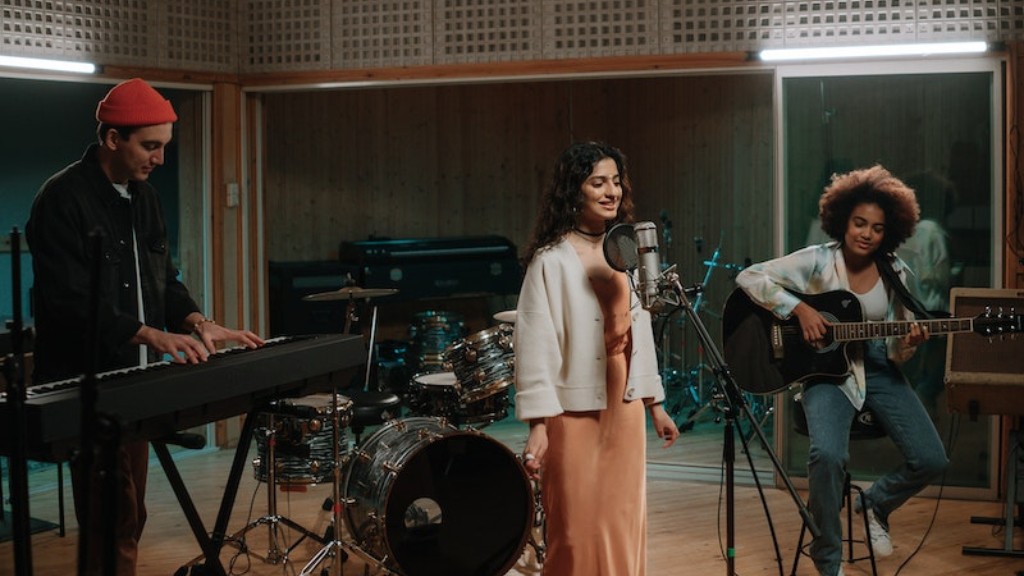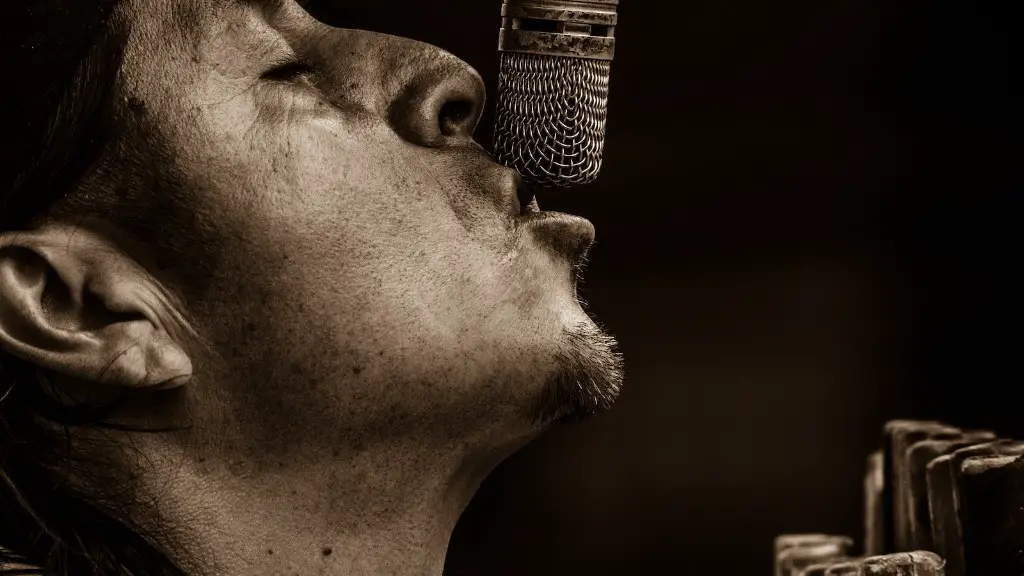Are you a fan of wolves and want to draw them? Learning how to draw a realistic wolf should be on top of your bucket list of artistic goals. There is something utterly majestic and beautiful about wolves, something that draws us to them and makes us want to capture that iconic image in a painting. Drawing a realistic wolf requires skill, patience, and practice, but with a few tips, you can make a wolf look so good you’ll be proud to put it up on your wall.
Tip One: Observe
The best way to start drawing a realistic wolf is to observe one either in person or in pictures. This will provide you with reference that you can use when sketching the wolf and will also give you an understanding of its anatomy and form. Pay attention to the wolf’s muzzle, its fur, and how its head interacts with its body. These elements will help you draw a realistic wolf that is full of life and character.
Tip Two: Contrast
One important element to a realistic image is contrast. You’ll want to include lots of light and dark areas so your wolf looks more three dimensional and life-like. Make sure to add shadows and highlights to the fur, which will help make your wolf appear more realistic. If you’re having trouble getting the shadows right, use a reference and compare your drawing to the reference.
Tip Three: Concentrate on the Details
When drawing a realistic wolf it’s important to think about the details. Fur should be drawn with individual strokes, and the eyes should be drawn in a lifelike manner. Pay attention to the muscles and how the body interacts with its environment. Small touches like a paw perched on a rock or the way it holds its head up high in the air will make your wolf drawing come to life.
Tip Four: Texture
To make your wolf drawing more realistic, you’ll want to pay attention to texture. Look closely at the reference and try to draw the individual hairs and fur. This will make your wolf appear more lifelike and make your drawing look more three-dimensional. Don’t be afraid to experiment with different textures and shading styles to find the perfect one.
Tip Five: Practice
Finally, practice makes perfect. When learning how to draw a realistic wolf, don’t be afraid to make mistakes and then start over. Life drawing can be tough, so you’ll need to practice and take your time when drawing a wolf. Even if it takes you several tries, the end product will be worth it. Don’t forget to post your drawings online so you can hear feedback and improve your artwork even more.
Drawing a realistic wolf is a challenge, but with the right tips and lots of practice, you’ll be ready to take up the task in no time. Don’t forget to grab a reference, concentrate on your drawing’s contrast, and focus on the details when drawing the wolf’s fur. With enough practice, you’ll be able to draw a wolf so life-like that everyone will be asking you for tips. So what are you waiting for? Get out there and start drawing!
Tip Six: Proportion
The wolf’s features should all be in proportion, as this will make the drawing look more realistic. By learning the proportions of wolves, you can draw your wolf with accuracy while still keeping some of the unique features you like. Drawing the wolf with the appropriate proportions will also give you an understanding of how the wolf moves and positions itself while interacting with its environment.
Tip Seven: Experiment
You don’t have to stick to one particular style when drawing a realistic wolf. Experiment with different materials, colors, and textures. Maybe try mixing two different colors and see how it looks, or maybe use a brush instead of a pencil for a more distinct look. Experimenting is a great way to help you find your own unique style and create a drawing that you are proud of.
Tip Eight: Think About Movement
You’ll want to consider the wolf’s movement when drawing it. Wolves are always on the move, hunting, running, and playing. Make sure to capture the wolf’s movement in your drawing, as it will make it look more realistic and lifelike. Think about the flow of the fur, how the body is positioned, the facial expression of the wolf and the direction its eyes are looking, and the way the wolf interacts with its environment.
Tip Nine: Think About Perspective
Perspective can make or break a drawing. When drawing a realistic wolf, you’ll want to think about the perspective you’re using, whether it’s eye-level, tilted down, or looking up. This will help to add dimension to your drawing and help to create the illusion of a three dimensional space. Make sure to use perspective when drawing so that your wolf looks as realistic as possible.
Tip Ten: Add Details
Finally, details can help to make your drawing stand out. Add droplets of water on the wolf’s fur, or capture it mid-stride in its environment. Look closely at a reference and add small details that will make the drawing more lifelike. This can make your drawing look more realistic, and also help you to develop as an artist.


